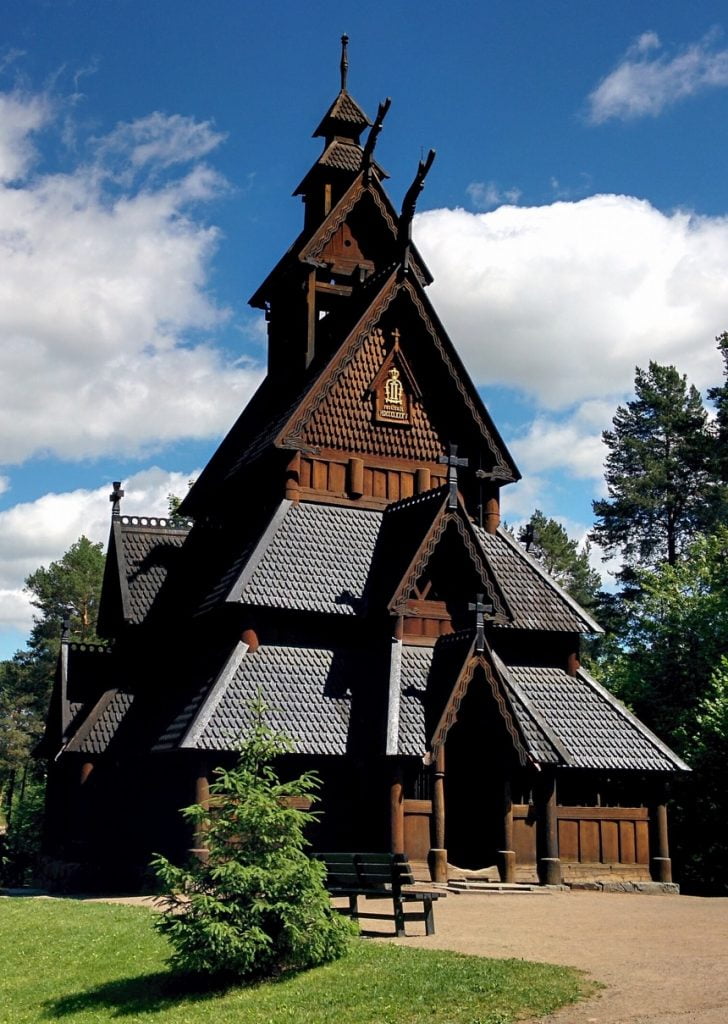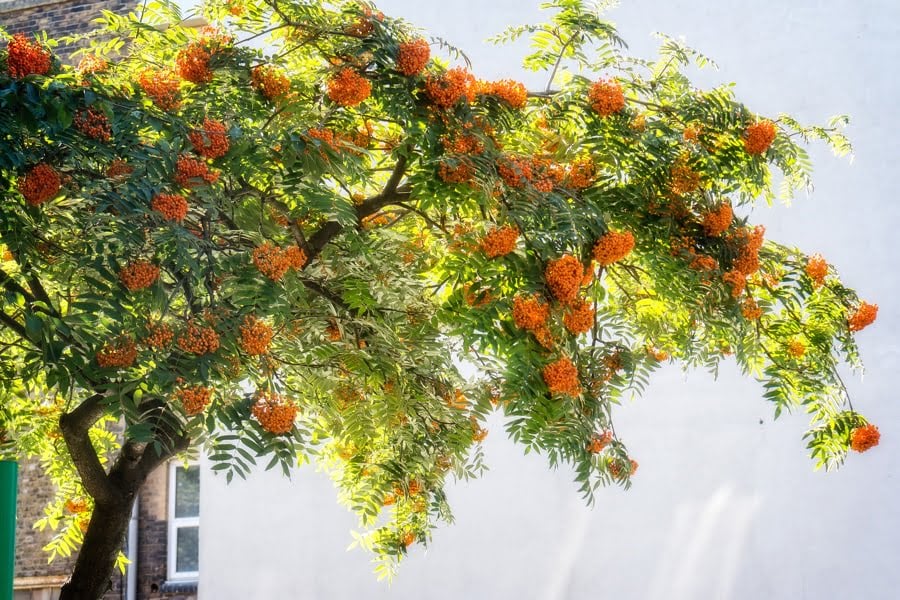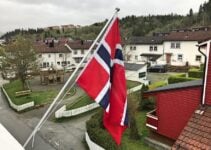A major part of Norwegian culture, and indeed across the whole of Scandinavia, is the folklore.
The myths, legends and stories that have been passed down through the generations are still as strong as ever, with mythological figures such as the god Thor reaching as far as Hollywood. However, whilst the tales of gods, trolls, elves and the kraken will probably be familiar to most, there are some lesser-known aspects of traditional Norse folklore to get to grips with to fully immerse yourself in the Norwegian way of life.
When you first relocate to Norway, a place to visit in order to get a feel the local culture and tradition is the Norsk Folkemuseum in Oslo. Documenting the life of the Norwegian folk since 150o, the museum has a stave church dating back to 1200 and an open air town and rural area representing different locations and time periods across Norway.
Not only that, but there is a collection of folk art and costumes, which show the traditions and folklore that have been around for centuries. An ideal introduction to the country and its people, but also culture and folklore has inspired life, both past and present.

Once you feel accustomed to the Norse history, it is time to delve into some of the more unusual aspects of folklore that are not necessarily known widely. The famed god Thor has a known association with oak, the tree thought of a symbol of strength and protection. However, there are more trees than just the oak that have a place in Norse folklore.
From the healing properties of Elm, to the Ash being the entrance to the land of the fairies, nature has a significant role in the myths and legends of Norway's past. The oak is in fact not the only tree linked to Thor. Hazel and Rowan trees are thought to have protective qualities from floods and lightning.
The Rowan is perhaps the most magical of all the trees in folklore. It is believed to ward off evil entities, but also enhance psychic abilities, particularly for those who have clairvoyant skills. Rowan trees are said to produce more visions and images for clairvoyants, which allows for better communication. Despite these myths and legends being told across generations, there seems to be an element of truth to this, as clairvoyant readings are still practiced today, with people using the services of clairvoyants across the world, even online.

Continuing with the divination theme, another lesser-known piece of folklore outside of Norway is Seidr. Seidr does have a definitive existence, with examples of the magic being practised as late as the 20th century. Seidr is believed to have been used clairvoyant purposes and to change destiny. In Norse mythology, the gods are said to be masters of this form of magic.
The list of lesser-known folklore in Norway continues, but this is a good starting point for getting know those stories that perhaps are not told as frequently across the world. When relocating to any country, it is important to know and understand the culture surrounding you, and in Norway, the folklore is a big part of that.




